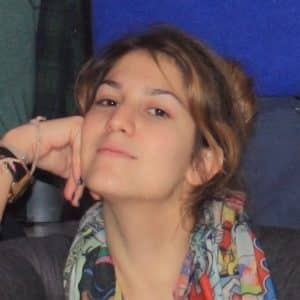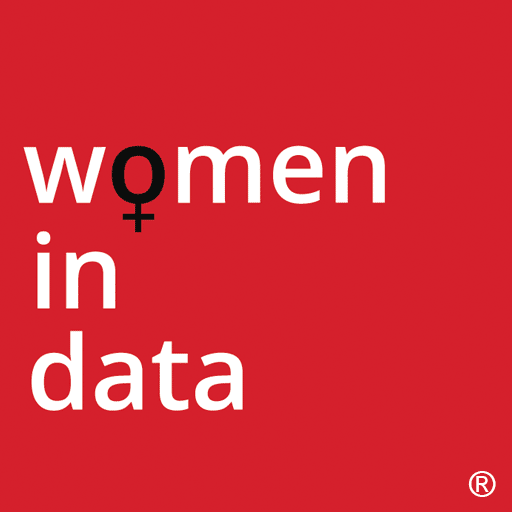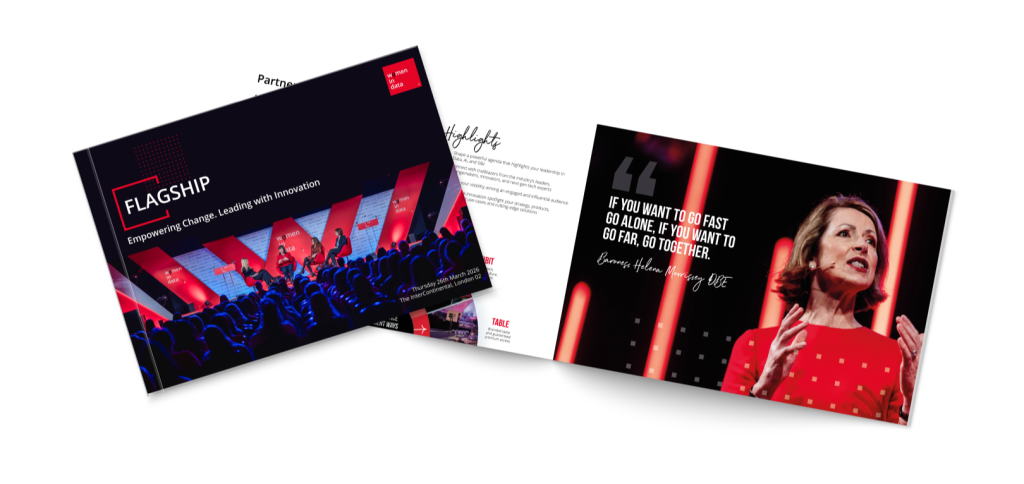
 By Elektra Papazoglou
By Elektra Papazoglou
Data Science, being such a new field, is not a career I envisioned when I first chose a field of study. At the time, I thought of pursuing a career in research, following clues and testing hypotheses, to create something novel and impactful. My journey to becoming a data scientist involved a career transition, a lot of time, and significant effort.
With this post, I hope to share some of the strategies I learned along the path from my degree in genetics to a role as an natural language processing (NLP) data scientist at Kalido.
Part i: Discovering my calling and transitioning
Although at a younger age, I found math intimidating, I grew to enjoy solving hard problems in high school. However, in Greece, where I grew up, there was little information about what one could do with a maths degree. As a child, I saw math as leading to a job as either clerk at a commercial bank, or a tutor, neither of which I felt would suit me. Of course, the real spectrum of opportunity for a maths graduate is much broader, but that is the reason I did not first pursue a degree in maths or physics, which might have brought me to this point in my career sooner, or perhaps not at all. I’ll never know for sure.
Instead, I ended up with a molecular biology degree and a bunch of lab-based research experience. Along the way, I discovered that research is difficult when you need expensive equipment and materials midway through a financial recession. After finishing my undergraduate studies, I moved to London to pursue an MSc at Imperial College, combining biology with population genetics and statistics. It was then that I truly understood how much time computers could save us in detecting such patterns much more efficiently. But even then, the questions I pursued were far too complex to be addressed with a simple set of encoded rules.
That was a time when everyone was discussing the rise of “artificial intelligence” and machine learning (ML), which immediately captured my interest. I started experimenting with R, and later Python, taking online courses and reading on the topic. I found I could spend hours on these topics, and it did not feel like work, but rather resurfaced all the forgotten enthusiasm I had for math in my late high school years. It was different and exciting, and unlike working in a lab, something I could pursue on my own time, even at home, which was empowering. By the time I finished my masters studies, I had decided that a career in data science was my calling.
Growing up, people often told me that once I found something I loved, success would come naturally. Well, it didn’t. My newfound enthusiasm and hours of personal time dedicated towards studying the topic were met with silence after a whole summer of sending out job applications. In most cases, I didn’t even receive a rejection letter. At that point, I realised I would have to lower my initial expectations to eventually reach my end goal. So, I broadened my job search to include analyst roles. After four months of relentlessly sending out applications, which took quite a toll on my self-esteem, I managed to secure a job offer for a business intelligence developer role. Although not exactly what I wanted, at least I was on the right track. In the meantime, I realised that having a degree completely unrelated to the jobs that I was applying for was probably hurting my applications, so when I stumbled upon an advertisement for a part-time data science program that was offering scholarships at City University London, I submitted an application.

